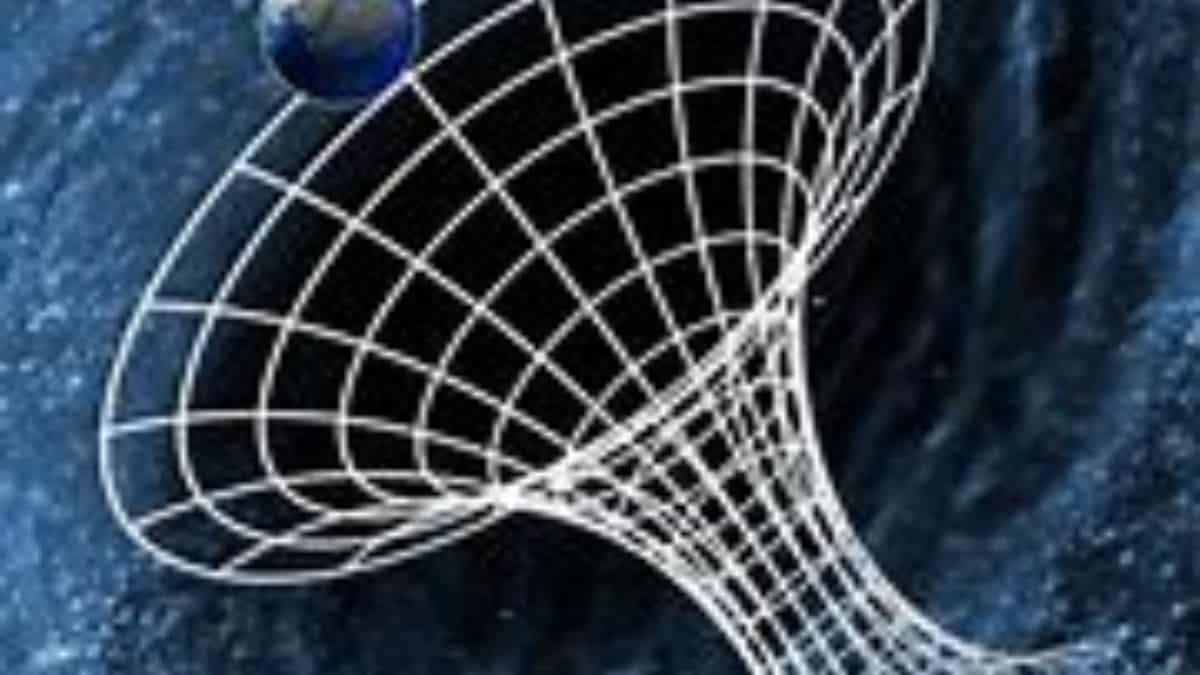Is Wormhole a time machine that allows you to travel between two distant locations?

A wormhole, which resembles a tunnel, can be used to travel closer between two distant locations in our universe. One may theoretically use a wormhole to cut the distance between galaxies from millions of years to hours or minutes under the right conditions. Since wormholes are shortcuts through space-time, they might even be used as time machines. It’s possible to leave a wormhole earlier than when you entered it.
Wormholes are helpful for astrophysicists like me to think about space and time, even though there is currently no evidence that they exist in our universe. They might also answer persistent questions about the universe’s composition.
Wormholes have never been found in our universe, yet they are regularly found in the solutions to important physics equations. The equations that makeup Einstein’s theories of space-time and general relativity heavily involve wormholes. This theory describes how the cosmos is organized and how stars, planets, and other celestial objects move. Because Einstein’s theory has been put to the test countless times and has continuously been shown to be true, some scientists do think that wormholes exist somewhere in the cosmos.
Wormholes, in contrast, are thought to be impossible because they would be too unstable to exist, according to some scientists. The constant pull of gravity affects everything in the universe, including Earth. Gravity would consequently also have an impact on wormholes.
Unless there was a force pushing outward from inside the wormhole to counteract that force, according to academics who are skeptical about wormholes, the middle of the wormhole would inevitably collapse under its own gravity after only a few periods of time. The most likely way to do it is to use so-called “negative energies,” which would operate against gravity and maintain the wormhole.
Negative energy, however, can only be created in numbers that are far too minuscule to counteract the gravitational pull of a wormhole, according to scientific knowledge. It’s conceivable that tiny wormholes containing traces of negative energy were created at the very beginning of the universe during the Big Bang, and that as the cosmos expanded, these wormholes gradually became longer.
Although the idea of wormholes is intriguing, mainstream science hasn’t fully embraced it yet. Although black holes were not recognized when they were first postulated to exist, back in the 1910s, that doesn’t mean they don’t exist. Astrophysicists know black holes are abundant in our universe.
It took civilization 50 years to start treating black holes seriously, despite the fact that the word “black hole” wasn’t even used until 1967.
Wormholes might lead to a similar circumstance. It may take some time for scientists to come to a consensus on their possibility.


